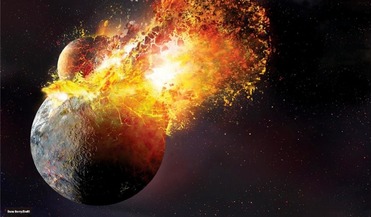 January 2021
Evolution of volatiles on the Moon
January 2021
Evolution of volatiles on the Moon
... in the near-equatorial region of the lunar nearside, where all the Apollo missions (and the robotic Luna sample-return missions of the former Soviet Union) were sent. We do not yet have samples of this material...
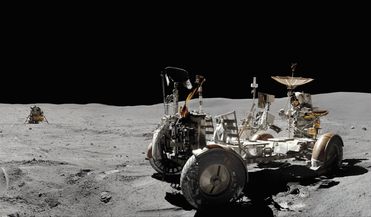 April 2021
Managing the Moon - a model for engaging with planetary environments
April 2021
Managing the Moon - a model for engaging with planetary environments
... be allowed to keep its memories. Now, with human activity on the Moon dating from the crash landing of Luna 2 in 1959, the Moon is also the custodian of human memories in the form of spacecraft and imprints from astronauts...
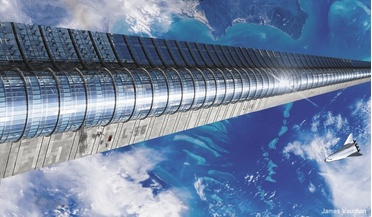 February 2022
An interplanetary transportation system
February 2022
An interplanetary transportation system
... with nuclear power and propulsion (provided by Arizona State University students Cody Halminiak, Dylan Leigh, Kimberly Luna, Ryan Owen, Kristian Peterson, and Christopher Washburn in their Capstone Engineering Design Course). System design Rockets...
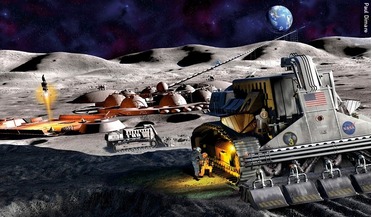 February 2023
The scientific basis for lunar helium-3 production
February 2023
The scientific basis for lunar helium-3 production
... - the basis of carbon-free energy. Helium-3 content Studies of helion content in samples delivered by the Soviet Luna-16, -20 and -24 spacecraft, and by American astronauts, showed that it was about 7.43×10-5 m3/tonne; in terms of physical chemistry...
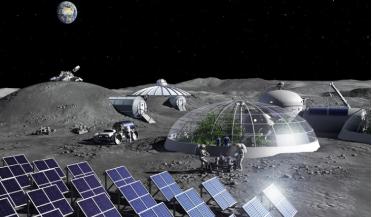 October 2023
The multidisciplinary world of space habitation design
October 2023
The multidisciplinary world of space habitation design
... Research Station for several years. The MTF is returning to Germany this year to be refurbished and added to ESA’s LUNA facility to support analogue missions and research there. As an intermediate step between MTF and an actual lunar greenhouse...
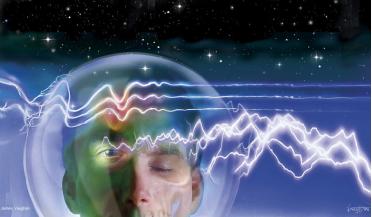 May 2024
Beyond Earth’s magnetic field
May 2024
Beyond Earth’s magnetic field
... pre- and postflight data, and physiological information from the ISS. She was a crew commander on the Luna-2015 simulation flight to the Moon and a researcher in the Sirius-17 isolation experiment. Vasily Rusanov is Head of the...